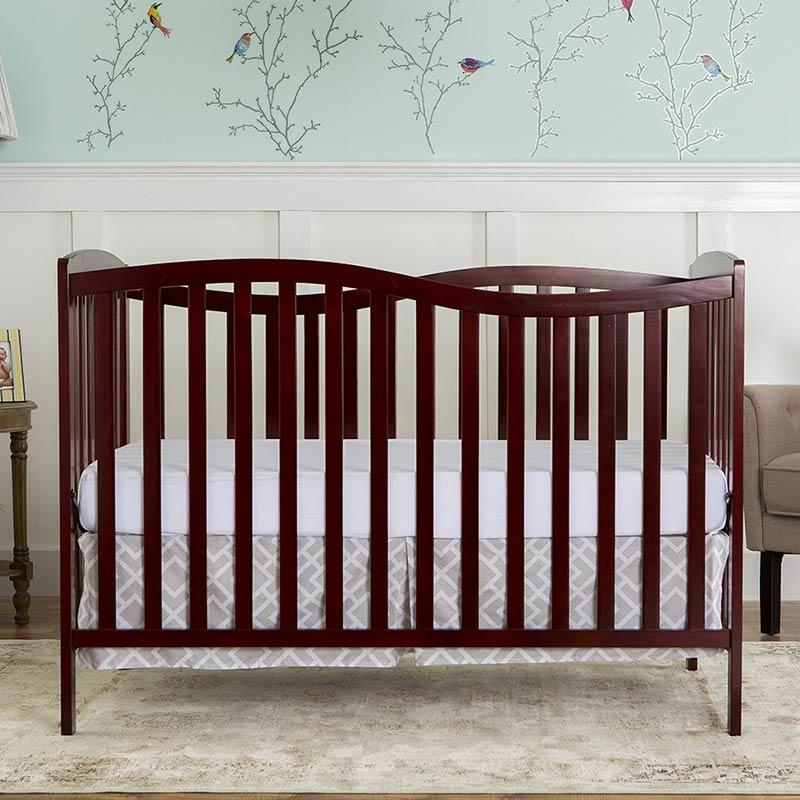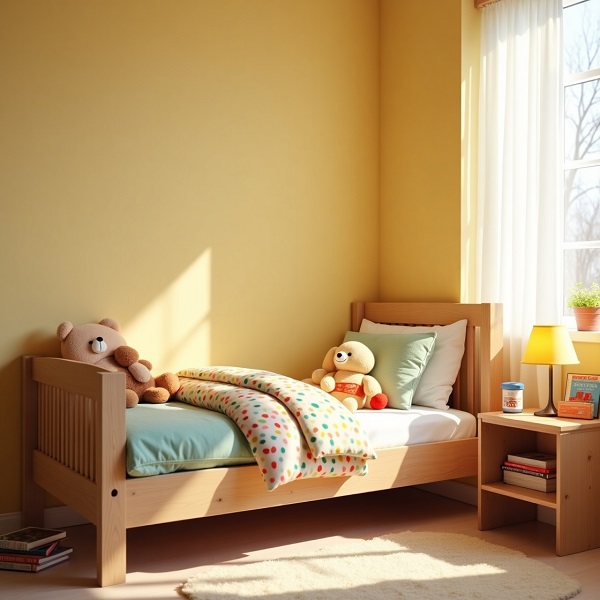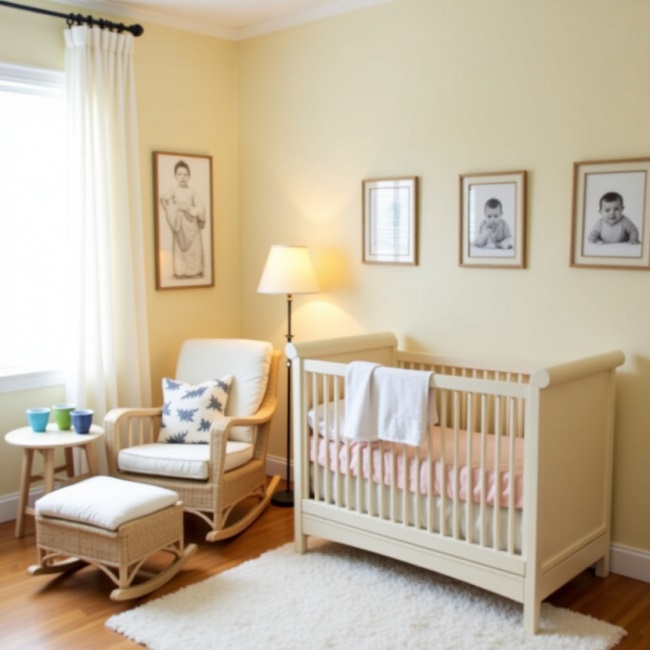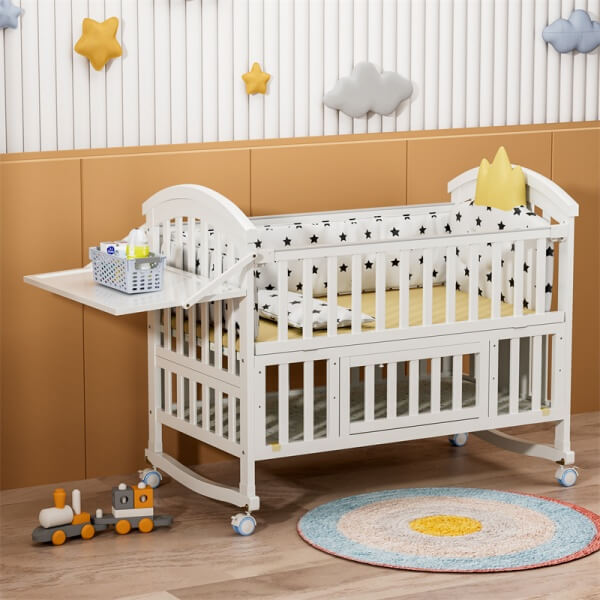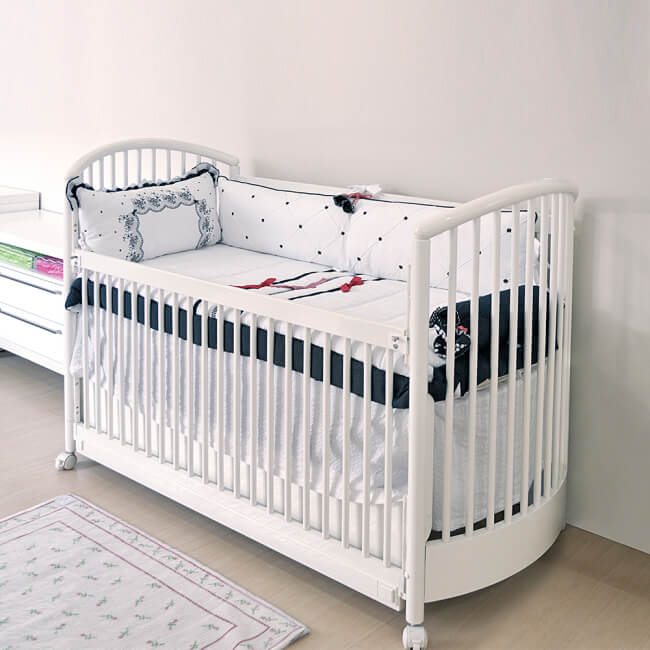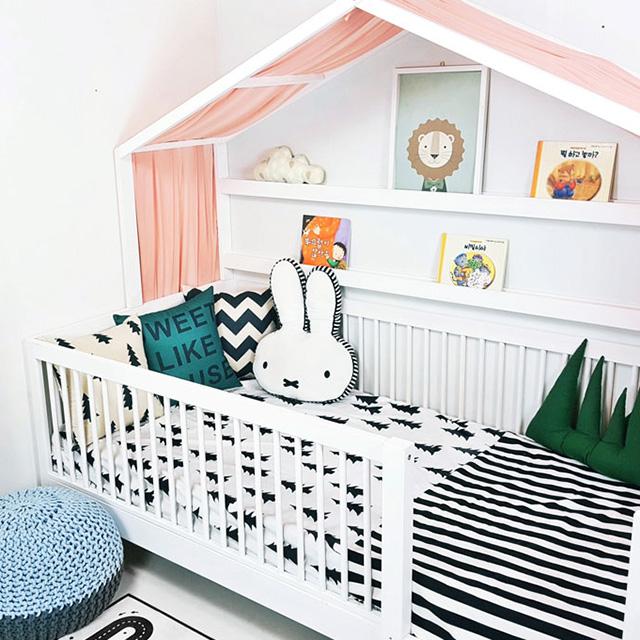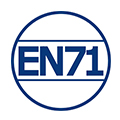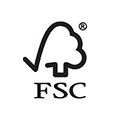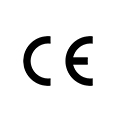Dans le parcours de parent, l’introduction d’outils et d’accessoires qui promettent d’alléger le fardeau et d’améliorer la joie de prendre soin d’un nouveau-né est toujours accueillie avec un mélange d’enthousiasme et de scepticisme.
Parmi ceux-ci, transats pour bébé Les berceaux sont devenus un choix populaire auprès des parents à la recherche d'un moment de répit ou d'un espace sûr pour que leur bébé puisse se détendre. Cependant, la sécurité de ces dispositifs a fait l'objet de nombreux débats, ce qui a conduit à un examen plus approfondi de leur utilisation, de leurs avantages et de leurs risques potentiels.
Qu'est-ce qu'un transat pour bébé ?
Un transat pour bébé est un siège léger et semi-incliné conçu pour offrir un environnement apaisant aux nourrissons. La conception de ces sièges leur permet de rebondir doucement avec les mouvements du bébé ou avec un peu d'aide d'un soignant, offrant un effet apaisant qui peut être particulièrement bénéfique pendant les périodes d'agitation ou d'irritabilité.
En règle générale, ces transats sont équipés de diverses fonctionnalités visant à divertir ou à apaiser l'enfant, notamment des barres de jouets, des mécanismes vibrants et des lecteurs de musique.
L'apparition du transat pour bébé a marqué une étape importante dans l'évolution des produits de puériculture, offrant aux parents une solution portable qui pouvait facilement être déplacée d'une pièce à l'autre, garantissant que bébé reste dans un cocon réconfortant tout en restant à portée de vue.
Cet aspect de commodité et de mobilité a contribué de manière significative à l’acceptation et à l’utilisation généralisées du videur dans les foyers du monde entier.
Comment fonctionnent les transats pour bébé ?
Les transats pour bébé fonctionnent grâce à une combinaison d'éléments de conception et de mécanismes visant à offrir un mouvement doux et un confort aux nourrissons.
Conception du siège : Le siège d'une chaise à bascule pour bébé est généralement fabriqué à partir d'un matériau doux et rembourré pour offrir du confort au bébé. Il est conçu pour bercer le bébé en toute sécurité tout en lui permettant de bouger librement.
Construction du cadre : Le siège est fixé à un cadre, qui peut être en métal ou en plastique robuste. Ce cadre est flexible pour permettre un mouvement de rebond ou de bascule.
Mécanisme de rebond : les transats pour bébé peuvent avoir différents mécanismes pour créer du mouvement.
- Rebondissement manuel : certains transats pour bébé s'appuient sur les mouvements du bébé ou sur les légères poussées d'un soignant pour créer un mouvement de rebond.
- Mécanismes à ressort ou élastiques : D'autres utilisent des ressorts intégrés ou des bandes élastiques qui réagissent aux mouvements du bébé, créant un effet de rebond.
- Alimenté par batterie : certains transats modernes pour bébé sont équipés de moteurs alimentés par batterie qui génèrent des mouvements de rebond ou de balancement à différentes vitesses. Ils peuvent également proposer différents réglages de vibration pour un apaisement supplémentaire.
Le fonctionnement d'un transat pour bébé repose sur les principes du mouvement naturel et de la réactivité. Lorsque le bébé bouge, le transat réagit par des mouvements doux de rebondissement ou de balancement, ce qui peut aider à apaiser et à divertir le bébé.
Cette interaction procure non seulement un sentiment de réconfort au nourrisson, mais stimule également ses sens en développement, encourageant la motricité et la conscience spatiale grâce à des mouvements naturels.
De plus, la conception des transats pour bébé intègre souvent des éléments qui répondent aux intérêts de développement des nourrissons. Des jouets aux couleurs vives qui pendent à portée de main pour stimuler leurs sens visuels et tactiles, aux sons et mélodies apaisants qui fournissent une stimulation auditive, ces caractéristiques sont soigneusement intégrées pour offrir une expérience multisensorielle.
Malgré les avantages apparents, la fonctionnalité des transats pour bébé va au-delà du simple divertissement et du confort. Pour de nombreux parents, l'attrait d'un transat pour bébé réside dans sa capacité à fournir un endroit sûr et sécurisé où leur bébé peut rester pendant qu'ils s'occupent des tâches ménagères ou profitent d'un moment de repos.
De quels mécanismes de sécurité dispose un transat pour bébé ?
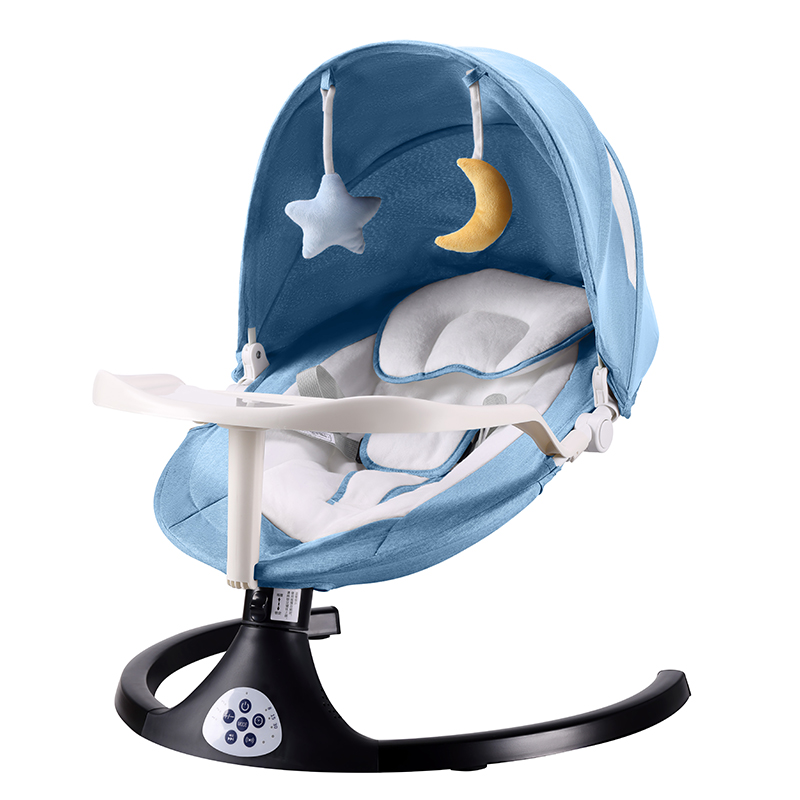
Les transats pour bébé comprennent généralement plusieurs mécanismes de sécurité pour assurer le bien-être des nourrissons. Voici quelques caractéristiques de sécurité courantes que l'on retrouve dans les transats pour bébé :
- Harnais de sécurité : La plupart des transats pour bébé sont équipés d'un harnais de sécurité ou d'un système de retenue pour maintenir le bébé en place lorsqu'il est assis. Ce harnais comprend généralement des sangles qui entourent la taille et les épaules du bébé pour l'empêcher de tomber ou de sortir du transat.
- Cadre robuste : Les transats pour bébé sont construits sur des cadres robustes en métal ou en plastique durable pour assurer stabilité et soutien. Le cadre est conçu pour supporter le poids du bébé et éviter tout basculement.
- Base antidérapante : De nombreuses bascules pour bébé sont dotées d'une base antidérapante pour empêcher la bascule de glisser ou de bouger sur des surfaces lisses.
- Positions de siège réglables : Les transats pour bébé ont souvent des positions de siège réglables, permettant aux soignants d'incliner le siège à un angle confortable et sûr pour l'âge et le stade de développement du bébé.
- Mécanismes de verrouillage : Certains transats pour bébé sont équipés de mécanismes de verrouillage qui permettent de maintenir le transat en position stationnaire, empêchant ainsi tout mouvement de bascule lorsque cela est souhaité. Cela peut être utile pour nourrir ou apaiser le bébé sans mouvement.
En intégrant ces mécanismes de sécurité, les transats pour bébé offrent un environnement sûr et confortable pour que les nourrissons puissent se détendre, jouer et se reposer sous la surveillance d'un adulte. Par conséquent, tant que des mesures de sécurité sont prises, le transat pour bébé peut être utilisé en toute confiance sur les nouveau-nés.
Quelles sont les menaces potentielles des transats pour bébé ?
Bien que les transats pour bébé soient généralement considérés comme sûrs, il est important de reconnaître que, comme tout produit pour bébé, ils peuvent présenter des risques si des précautions ne sont pas prises. Si les consignes de sécurité ne sont pas respectées, les conditions suivantes peuvent néanmoins se produire :
1. Risques liés à une utilisation incorrecte
Lorsqu'ils ne sont pas utilisés comme prévu ou lorsque les consignes ne sont pas respectées, ces dispositifs peuvent présenter des risques importants pour les nourrissons. Par exemple, placer un transat sur une surface surélevée, comme une table ou un plan de travail, peut entraîner des chutes si le transat bascule ou si les mouvements du bébé le font glisser.
De même, laisser un bébé passer trop de temps dans un transat peut entraver son développement physique, car cela restreint ses mouvements et limite ses possibilités d’explorer son environnement et de renforcer ses muscles grâce à des activités comme le temps passé sur le ventre.
2. Dangers et accidents potentiels
Au-delà d'une utilisation incorrecte, les transats pour bébé sont également associés à des risques potentiels et à des accidents qui peuvent survenir en raison de défauts du produit, de l'usure ou du manque de surveillance. Les cas de transats qui s'effondrent en raison de défaillances structurelles, de ruptures de sangles ou de jouets qui se détachent et présentent des risques d'étouffement ne sont pas rares.
Ces incidents soulignent la nécessité cruciale de contrôles de qualité rigoureux et d’inspections régulières des produits pour identifier et atténuer les risques avant qu’ils ne se traduisent par des accidents.
3. Restrictions d'âge et de poids
Un autre aspect essentiel de la sécurité des transats pour bébé concerne le respect des restrictions d'âge et de poids spécifiées par les fabricants. Ces directives ne sont pas arbitraires mais reposent sur des tests rigoureux pour garantir que le transat peut supporter en toute sécurité la taille et le poids du bébé.
Le non-respect de ces restrictions peut entraîner des dysfonctionnements ou des accidents, car le transat peut ne pas être équipé pour supporter la charge ou fournir un soutien adéquat, ce qui expose le bébé à un risque de blessure.
Bien que ces risques ne doivent pas décourager l’utilisation de transats pour bébé, il est essentiel de suivre les consignes de sécurité et de surveiller les bébés lorsqu’ils les utilisent.
Comment utiliser le transat pour bébé ?
1. Choisissez un endroit sûr : Choisissez une surface plane et stable, loin de tout danger tel qu'un escalier, un cordon ou un objet tranchant. Placez le transat sur le sol plutôt que sur des surfaces surélevées comme une table ou un lit.
2. Assemblez le transat : Si un assemblage est nécessaire, suivez attentivement les instructions du fabricant. Assurez-vous que toutes les pièces sont solidement fixées et qu'aucune vis ou pièce n'est desserrée.
3. Ajustez la position du siège : Choisissez un angle d'inclinaison adapté à l'âge et au confort de votre bébé. Les nouveau-nés peuvent avoir besoin d'une position plus inclinée, tandis que les bébés plus âgés peuvent utiliser un réglage plus vertical.
4. Sangles de sécurité : Si le transat est équipé de sangles de sécurité, attachez-les solidement autour de votre bébé. Assurez-vous qu'elles sont bien ajustées, mais pas trop serrées, pour permettre à votre bébé de bouger confortablement.
5. Placez bébé dans le transat : Placez délicatement votre bébé dans le transat, en veillant à ce que sa tête et son corps soient correctement soutenus. Assurez-vous que le dos de votre bébé est bien appuyé contre le dossier et que ses fesses sont confortablement installées.
6. Activez la barre de jouets (le cas échéant) : Si le transat est équipé d'une barre de jouets, fixez-la solidement à la portée de votre bébé.
7. Superviser : Gardez toujours un œil sur votre bébé lorsqu'il est dans le transat, surtout s'il est éveillé et actif. Ne laissez jamais votre bébé sans surveillance dans le transat, même pendant de courtes périodes.
8. Limiter l'utilisation : Évitez de laisser votre bébé dans le transat pendant des périodes prolongées. Utilisez-le pour de courtes périodes de jeu ou de détente sous surveillance et laissez à votre bébé suffisamment de temps en dehors du transat pour bouger et interagir.
Conseils d'experts pour utiliser les transats pour bébé en toute sécurité
1. Directives des pédiatres et des experts en sécurité des enfants
Ils préconisent une utilisation prudente du transat, suggérant que celui-ci ne doit pas remplacer l'interaction humaine ou le temps passé au sol, qui sont essentiels au développement physique et émotionnel du bébé. Ces professionnels recommandent également de limiter le temps que les nourrissons passent dans le transat pour éviter qu'ils ne dépendent trop de cet appareil pour se calmer ou se divertir.
2. Positionnement correct et durée d'utilisation
Les experts recommandent de toujours attacher solidement les bébés à l'aide des harnais de sécurité fournis pour éviter les glissades ou les chutes. De plus, ils mettent en garde contre l'utilisation prolongée des transats, recommandant que les bébés ne passent pas plus de courtes périodes dans ces sièges pour éviter les impacts potentiels sur leur développement physique et pour encourager une gamme variée d'activités et d'interactions tout au long de la journée.
3. Entretien et inspection réguliers
Pour atténuer les risques liés à l'usure ou aux défauts du produit, les parents et les personnes qui s'occupent de l'enfant sont encouragés à effectuer des contrôles réguliers pour détecter tout signe de dommage, de composants desserrés ou d'usure qui pourraient compromettre la sécurité du transat. Cette vigilance, associée au respect des instructions du fabricant en matière d'entretien et de maintenance, peut réduire considérablement le risque d'accident et garantir que le transat reste un refuge pour le bébé.
Conclusion
En conclusion, même si les transats pour bébé peuvent offrir de nombreux avantages aux parents et aux nourrissons, leur sécurité dépend d’une utilisation éclairée et prudente.
En comprenant le fonctionnement de ces appareils, en reconnaissant les risques potentiels et en adhérant aux conseils d’experts sur une utilisation sûre, les parents peuvent prendre des décisions éclairées qui donnent la priorité à la sécurité et au bien-être de leur enfant.
Comme pour tout outil ou accessoire introduit dans l’environnement d’un enfant, la vigilance et la responsabilité sont essentielles pour garantir que les avantages l’emportent largement sur les risques.


